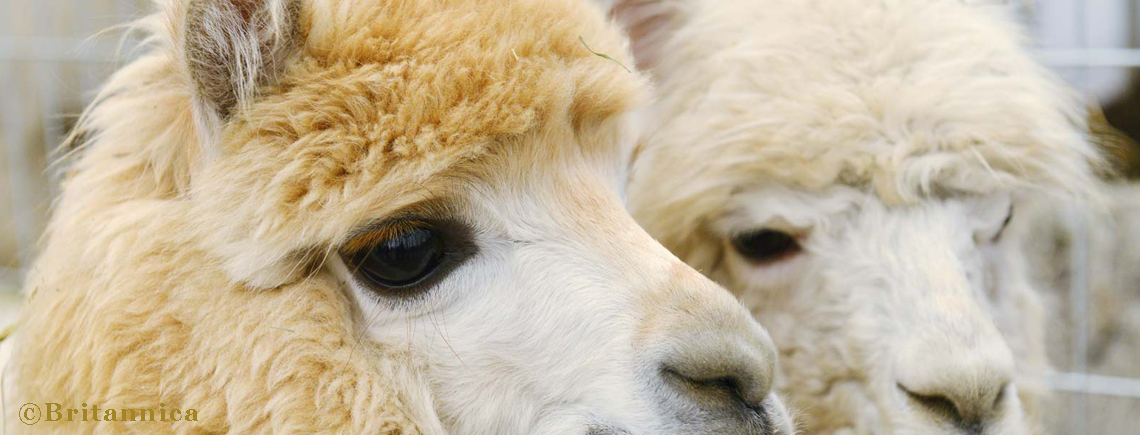Amazing Alpacas
They are unbearably cute and their fleece is unbelievably soft. Indeed, alpacas have carved out a warm place in the hearts of their aficionados, a place that is growing exponentially this fall.
Suzanne Werner, owner of Fluff Alpaca in Hudson NY, reported that people are “streaming” into her 521 Warren Street store looking for products made from the fleeces of the little South American camelids.
“Business is a little overwhelming right now,” she said. “These products seem to be filling a niche when people want to be cozy and warm. Alpaca fiber makes a very drapey fabric, light and warm—warmer than wool. And it’s such a pretty fiber, very versatile.”
Werner, a lawyer, has found her second career in her farm and store. She and her husband, Robert, became interested in establishing a fiber farm after Suzanne, a lifelong knitter, attended the Dutchess County Sheep and Wool Festival. “I came to it because I love to knit,” she said. “I fell in love with the idea of taking something from the land to the needle to a shop.”
The couple purchased an old dairy farm in Hillsdale NY, christened it Green River Hollow Farm and settled in with their fifteen alpacas, a llama, a couple of Icelandic horses and a supporting cast of chickens, cats and dogs. The primary product of the farm is alpaca fiber which is spun into yarn and hand knit into various items sold at Fluff Alpaca.
“We take what we make here and sell it at the store,” she related. “All our alpacas have names and personalities. When we shear them, we keep the fleece from the young ones separate, so we can show people a picture of ‘their’ alpaca, the one whose fiber was used to make the item they purchased. Baby alpaca wool is very fine and very, very warm, and can be spun into thinner yarn that can be made into lacy things.”
Even her mother is among the hand knitters producing items for the store but ironically Werner is now too busy to knit herself. “I am so unexpectedly busy right now, I don’t have time,” she said. “Maybe in January, I can make a cup of tea and sit down with my needles.”
She reports that alpaca socks are among the most popular items in her store. “People just love them. They buy the thick, hiking ones and use them around the house as slippers. Blankets and throws are going like crazy. They are like getting an alpaca hug.”
While alpaca products can be pricey, Werner says she wants everyone to be able to find something in her shop. Her goods range from $2 finger puppets to coats that cost $400 to $500. “A basic throw is $145,” she said, “and you can get a great scarf for $50 or a pair of socks for $15.”
While some of the store’s stock comes from her own farm, she also sources products from around the world, much of it manufactured in Peru or Bolivia, the original home of alpacas. “They have a booming textile industries,” she explained. “People all over the world are designing things made in Peru.”
Down in Watertown CT at Southwinds Farm, Penny Mullen has had more than two decades of experience with alpacas. She and her husband, Jim, were intrigued when they saw an alpaca postcard on a plane in 1998. “We never knew what an alpaca was before,” she said, “but we sent it in and the national alpaca organization sent us information.”
The Mullens were pleased to find that, at that time, the animals were never raised for meat (they have been very particular about who buys their alpacas, ensuring that they go to good homes).
“That appealed to us,” she recounted. “We learned about their fiber and that it was an excellent source of warmth—three to five times warmer than sheep’s wool. It’s also moisture wicking so your feet don’t get cold when you wear alpaca socks. Fishermen love them.”
The Mullens have had up to forty llamas at a time and always welcomed visitors to their farm until this year when COVID-19 put a stop to it. She has closed their store, except for selling yarn.
“Alpaca comes in twenty-four natural colors,” she said, “It dyes beautifully but you can also mix and match natural colors. Through the years, through breeding, the colors have become soft and gorgeous.”
She said the softness of alpaca fiber is “very similar to cashmere.”
“The only difference is cashmere has a shorter fiber. It takes four cashmere goats to make a single sweater, where one alpaca can grow enough fiber for four or five sweaters.”
Baby alpaca fiber is used for sweaters because older animals have guard hairs that must be combed out. “People take their ‘seconds’ and make rug yarns, stadium pads and insoles for shoes,” she said. “They are huge, huge sellers.”
Her admiration for her animals goes well beyond the yarn they produce. “That’s not even mentioning how good they are,” she said. “They don’t dig up their pastures because the bottoms of their feet are like the pads on a dog. They only eat the tops of the grass, so they don’t ruin your land. And their manure can be used on the garden right away—some people actually sell it.”
“And that is not even mentioning the cute factor,” she continued. “They are extremely curious. If they see something different in the field they run to the fence and have to see it.” She said alpacas are like people. Some are gregarious and social; others are not. Like llamas, they will spit when annoyed but usually at each other. “The girls will put their heads up and spit at each other over food,” she explained, “but the boys like to wrestle with each other.”
“It’s been a good twenty-four years with our alpacas,” she concluded.

